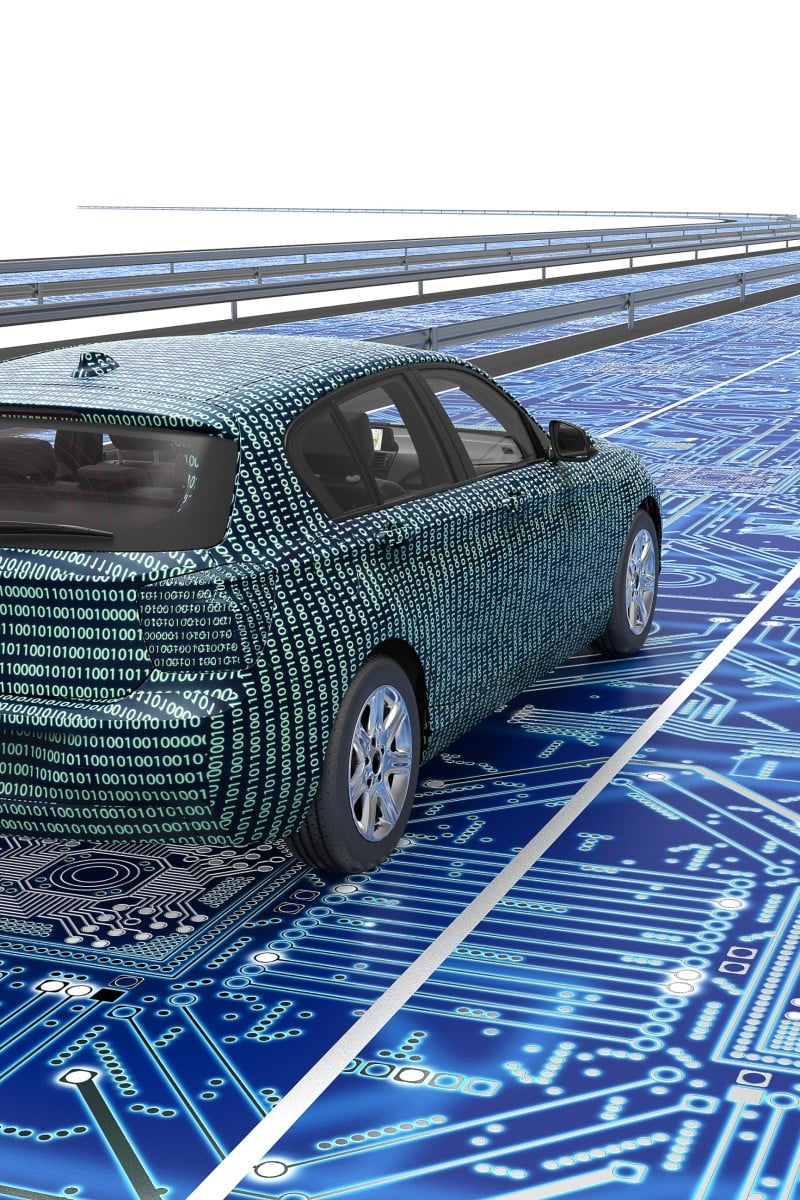
Face Off: Should autonomous vehicles be widely adopted to improve road safety in Hong Kong?
- Each week, two readers debate a hot topic in a showdown that does not necessarily reflect their personal viewpoints
- This week, they discuss whether self-driving cars would improve lives for drivers and pedestrians in the city
 Would self-driving cars be a useful way to improve road safety in Hong Kong? Photo: Shutterstock
Would self-driving cars be a useful way to improve road safety in Hong Kong? Photo: ShutterstockIf you are interested in joining future Face Off debates, fill out this form to submit your application.
For: Susie Wang, 14, Diocesan Girls’ School
According to the World Health Organization, around 1.3 million people lose their lives in traffic accidents every year. Given the rising number of accidents, road safety is a pressing global concern. Adopting autonomous vehicles – also known as self-driving cars – can significantly improve road safety, particularly in densely populated cities like Hong Kong.
Autonomous vehicles offer more accuracy, accessibility and sustainability than conventional cars. They also exhibit exceptional decision-making accuracy, which helps prevent accidents caused by human error. Many road accidents can be attributed to driver mistakes like drinking and driving. The driver-assist technology in autonomous vehicles can detect dangerous situations in real time and provide timely advice to the driver. In emergency scenarios such as crashes, these vehicles can react swiftly, minimising the likelihood and severity of unexpected incidents.
Top 10: What are the greatest scientific or technological advances?
Moreover, the increased accessibility of autonomous vehicles makes them safer and easier for everyone, especially pedestrians. Elderly and disabled individuals often face challenges when driving or crossing roads, leading to accidents. By equipping self-driving vehicles with autopilot capabilities, these groups can have easier access to transport, reducing accidents and fatalities resulting from inadequate support.
Furthermore, though it may not directly affect road safety, you cannot overlook the fact that the sustainability aspect of autonomous vehicles is another big positive. They have the potential to curb emissions simply because they operate much more efficiently than conventional vehicles. The highly advanced computers controlling these cars make them a more environmentally friendly alternative in terms of electricity consumed and air pollution generated, and they can help drivers reduce their fuel consumption.
Given the rapid advancements in artificial intelligence, sensor technology and connectivity, the widespread adoption of autonomous vehicles holds immense potential for revolutionising road safety. From personal commuting to public transport, delivery services and logistics, these self-driving machines offer a safer driving environment for everyone in Hong Kong and beyond.
Against: Valerie Shek, 13, Independent Schools Foundation Academy
In the rapidly evolving 21st century, technological advancements have reshaped our lives in profound ways. One notable innovation is autonomous vehicles, which promise to revolutionise commuting and promote sustainability by reducing carbon emissions. However, the widespread and safe adoption of driverless technology in a city like Hong Kong faces obstacles due to limitations in infrastructure and cybersecurity.
For example, Hong Kong’s current road infrastructure is designed for human drivers and may not be suitable for highly automated vehicles. Driverless technology relies on intricate algorithms, sensors and processors to accurately map surroundings, including vehicles and pedestrians.
Narrow and crowded roads, a high density of pedestrian traffic, frequent stops by public transport and unpredictable road behaviour make it difficult for these vehicles to accurately navigate and respond to their surroundings. Poorly marked and inconsistent road markings further compound the problem, leading to disengagements during automated driving and posing risks to other road users.
In addition to infrastructure limitations, adverse weather can severely impact the functionality of automated vehicles. Heavy fog, rain or typhoons can hinder the radar and damage vehicle hardware, compromising the safety of autonomous cars. Just imagine the catastrophe Hong Kong roads would endure during typhoons and black rains.
More importantly, like any other computer network, automated vehicles are susceptible to malfunctioning and cyber threats.
Incidents involving Tesla vehicles in autopilot mode crashing due to software malfunctions highlight the potentially catastrophic consequences of cyberattacks on automated vehicles. Subsequent investigations unveiled that these accidents were caused by malfunctions in the Teslas’ FSD software. Moreover, over-the-air updates and the interconnected nature of these vehicles make them vulnerable to hackers.
Given these challenges, we must exercise caution before encouraging the mass use of self-driving cars and address these limitations, as they could pose a threat to both drivers and pedestrians in Hong Kong.
